A vertical sanctuary shaped by tides
Stone terraces, crypt foundations and Gothic light narrate over 13 centuries of devotion and adaptation.
Table of Contents
Hermit origins and first oratory
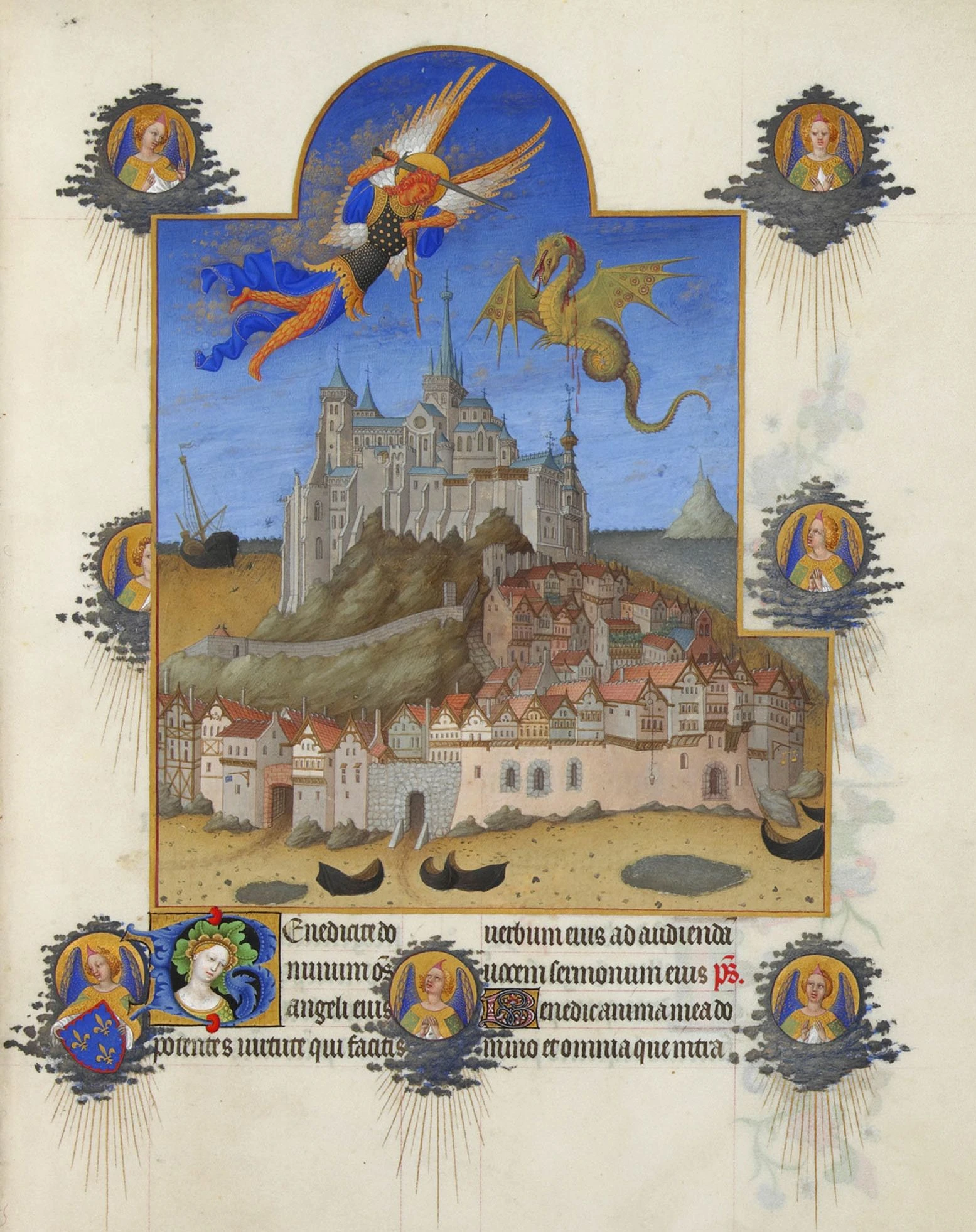
Legend speaks of St Michael’s apparition prompting an oratory atop the rock—an isolated beacon for early pilgrims.
Foundations of devotion set the stage for centuries of architectural ambition and defensive necessity.
Pilgrimage growth and Romanesque base

Growing pilgrim traffic demanded larger worship spaces; Romanesque builders carved terraces and vaulted crypts into granite.
The abbey’s layered footprint balanced sacred elevation with structural pragmatism against erosion and tides.
Fortifications and siege endurance
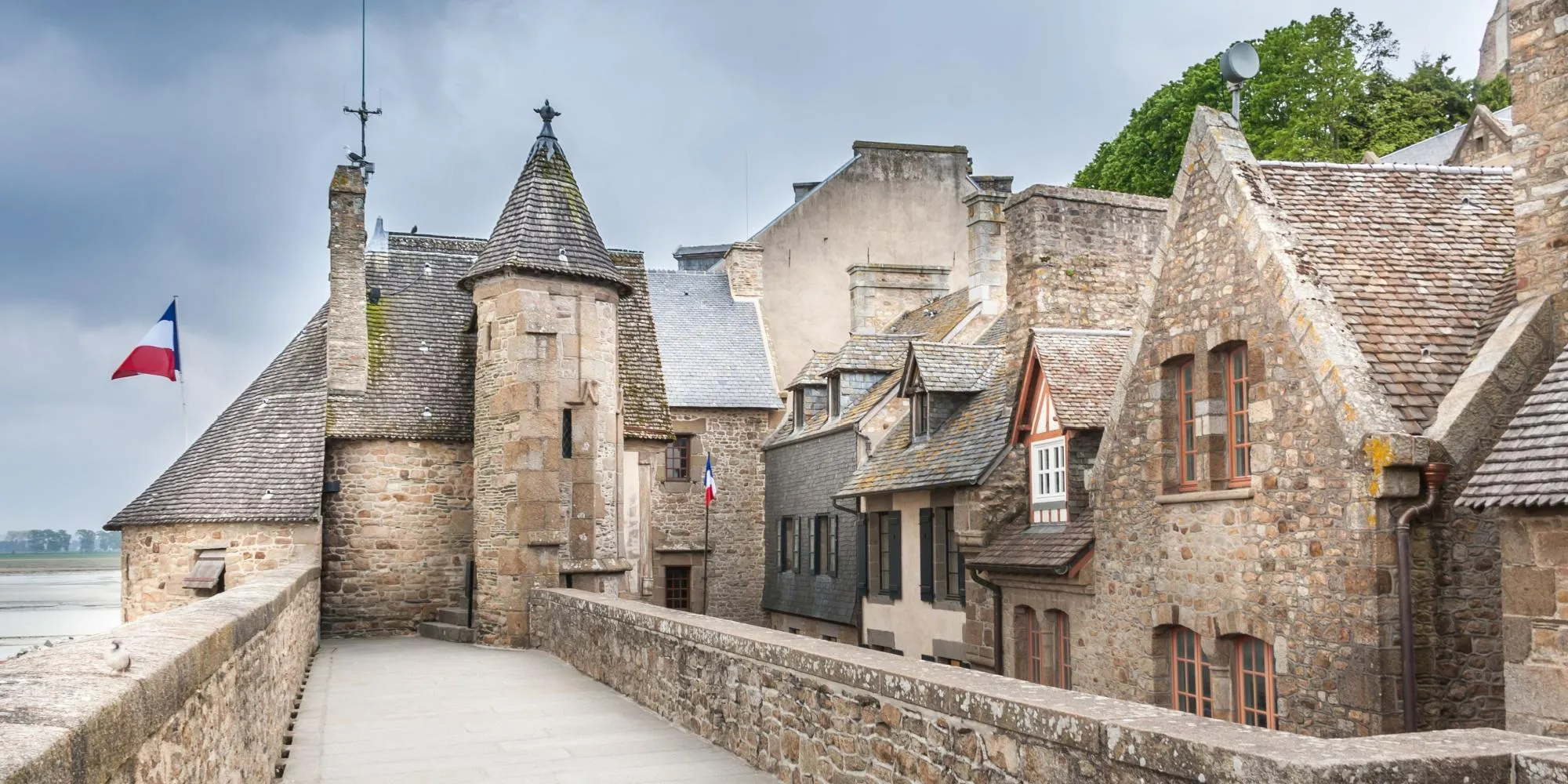
Ramparts and towers protected spiritual life during conflicts, notably resisting English forces in prolonged siege attempts.
Isolation amplified symbolic resilience—an island stronghold projecting faith and national identity.
Gothic Merveille and architectural innovation

The Merveille showcases light‑seeking Gothic volumes perched above stout Romanesque cores, a vertical dialogue of mass and grace.
Cloister arcades frame sky and bay, turning shifting light into a contemplative companion for monastic routine.
Monastic rhythm and spiritual practices
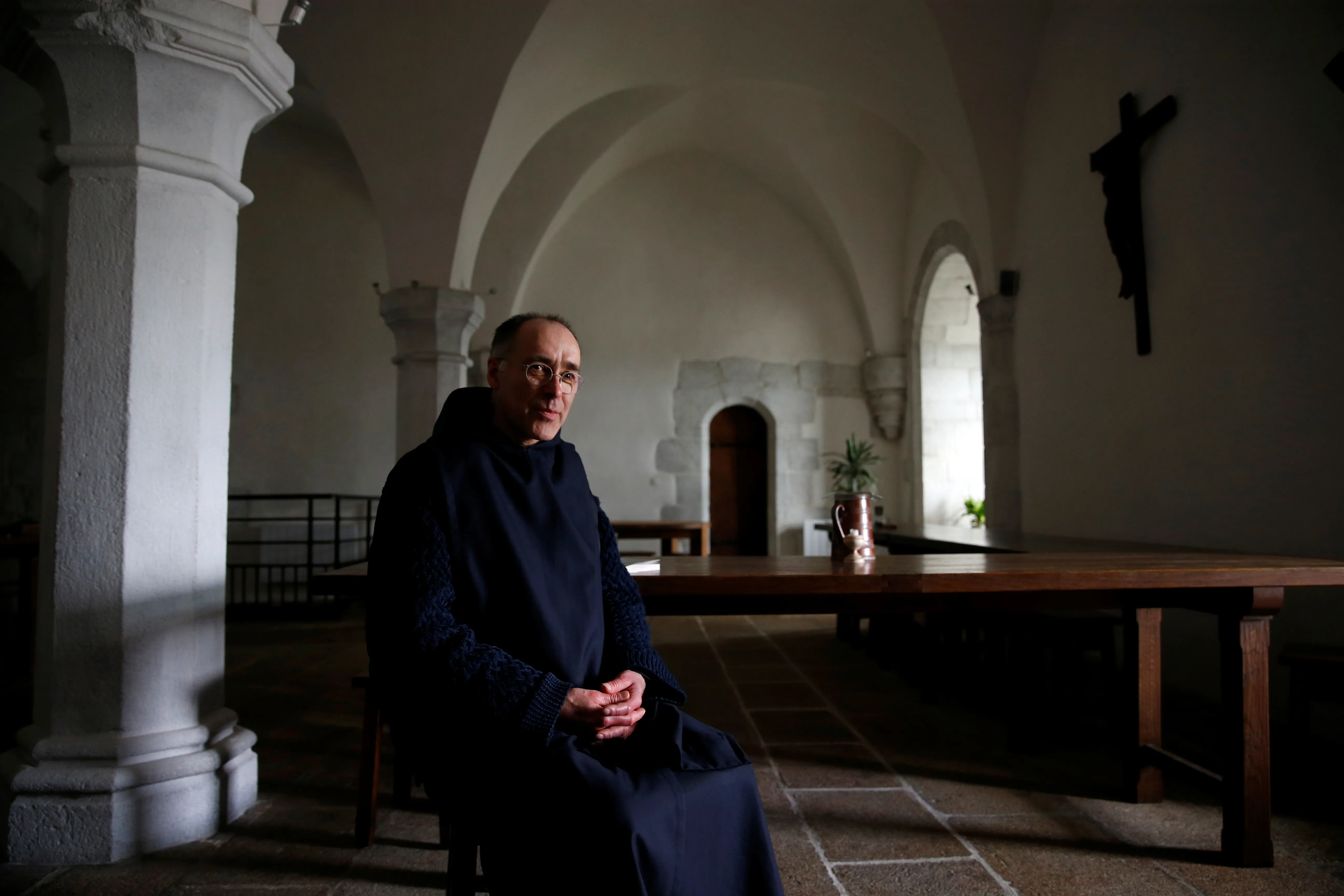
Liturgical hours structured labor, study and hospitality—pilgrims ascended seeking intercession and maritime protection.
Modern visitors inherit a slowed cadence: pauses at the nave, quiet reflection in the cloister and panoramic meditation.
Structural engineering: crypts & loads
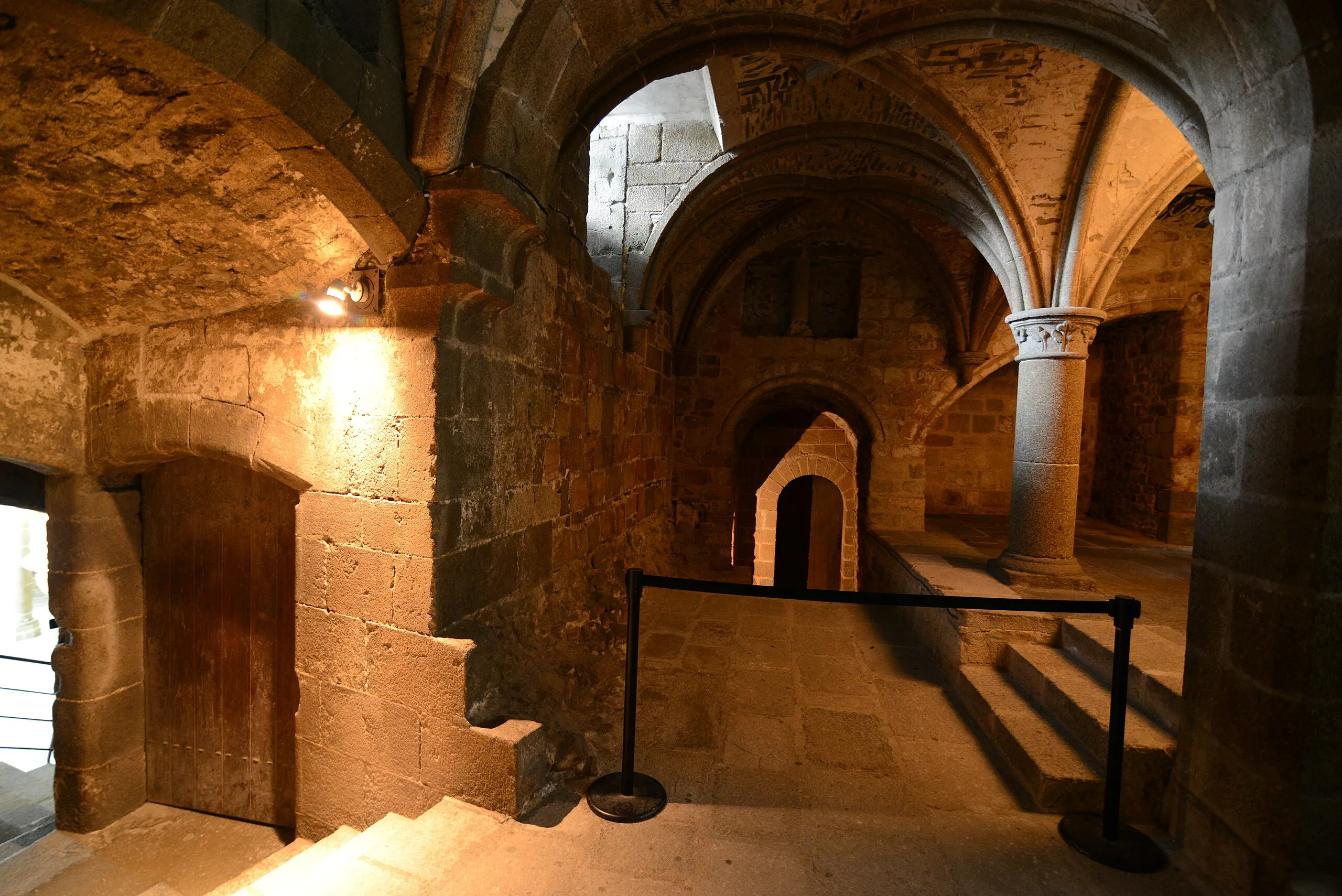
Massive crypt piers distribute vertical loads, allowing upper Gothic spaces to open toward light and bay vistas.
Engineering solutions managed weight, wind and saline air—safeguarding delicate vaults and sculptures.
Tidal environment and bay ecology
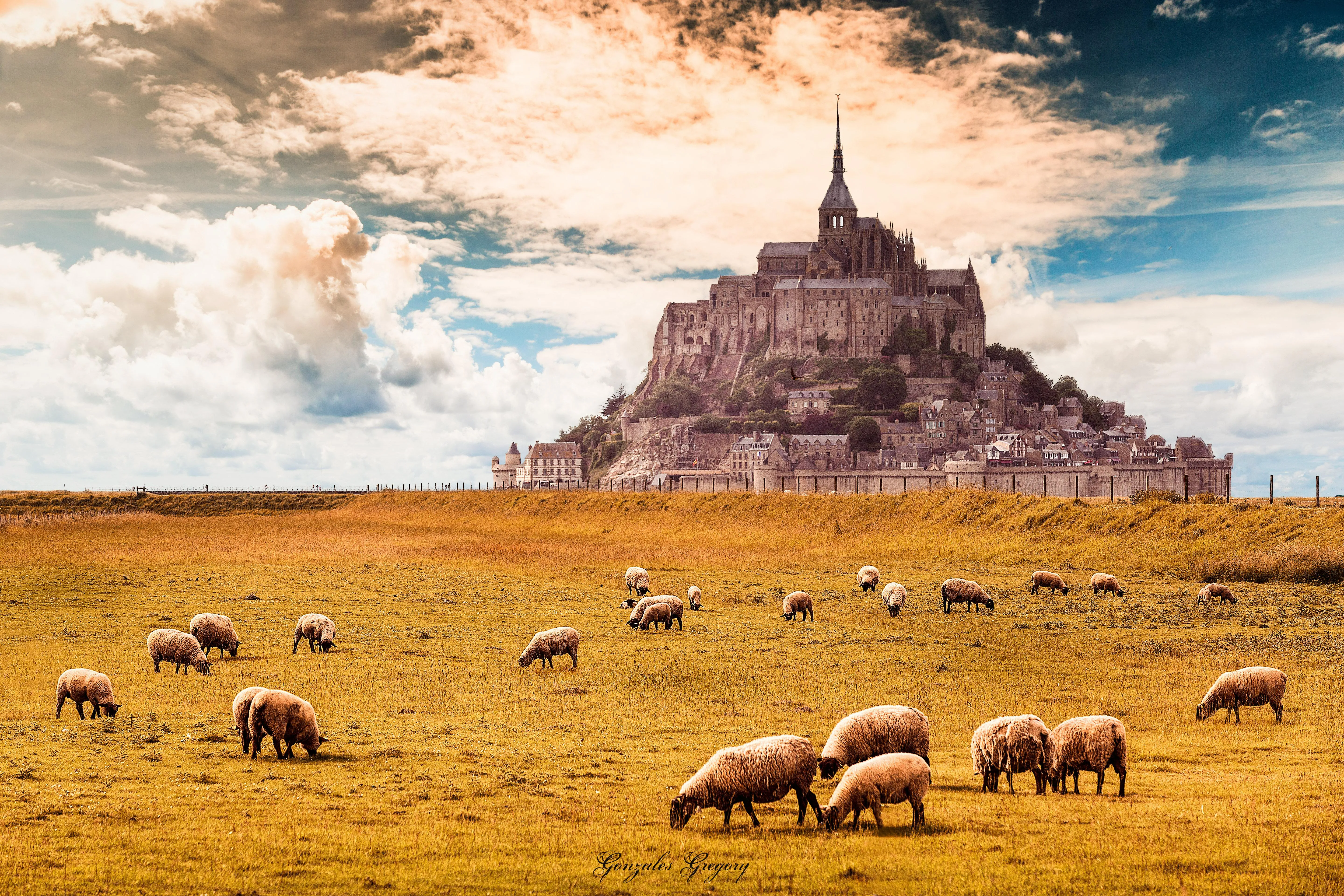
Fast‑moving tides sculpt sand ridges, salt marsh and mudflats—an ecological stage for birds and marine life.
Guided crossings teach safety and conservation, linking spiritual journey with respect for dynamic ecosystems.
Decline, prison era and 19th‑century revival

Secularization and prison use dimmed spiritual presence; neglect threatened structural integrity.
Restoration campaigns revived liturgical function and stabilized masonry—renewing pilgrimage and tourism.
Modern conservation and restoration
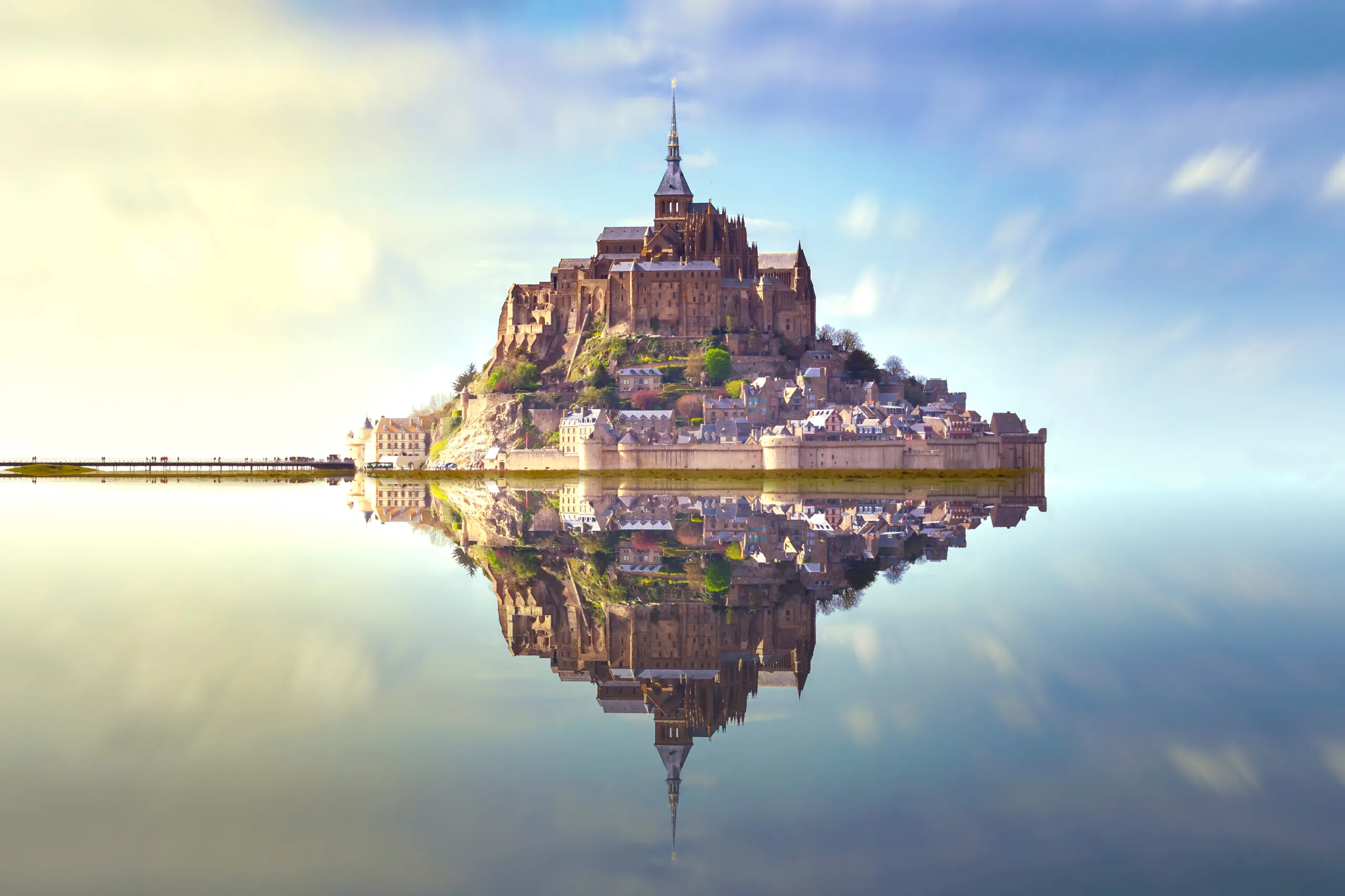
Ongoing projects manage stone weathering, drainage and sediment to preserve silhouette and interior clarity.
Data‑driven monitoring informs proactive maintenance, balancing visitor flow with heritage protection.
Planning a historically informed visit
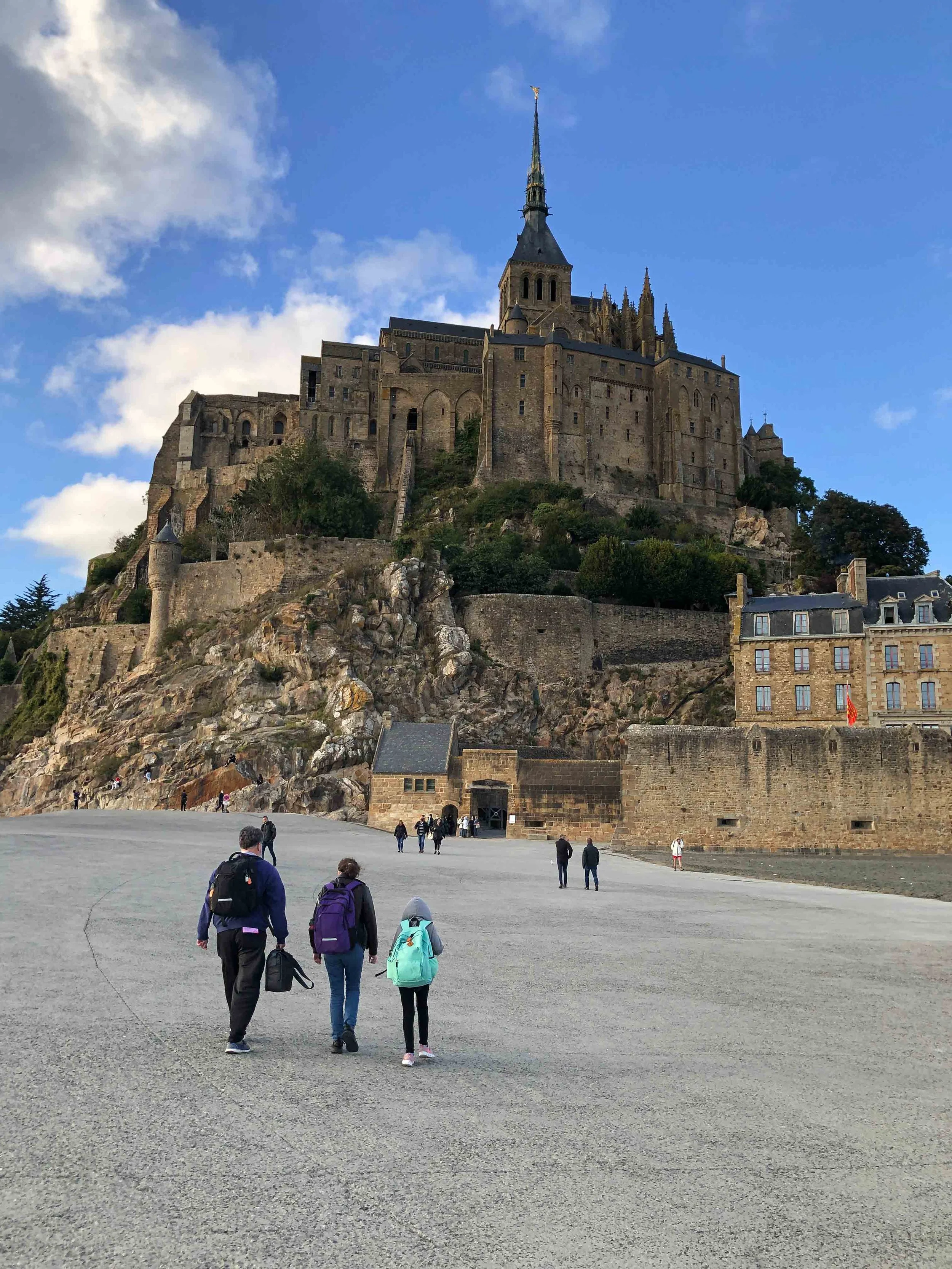
Sequence your ascent: village entry, grand stair, crypt foundations, refectory, cloister, terraces, then reflective descent.
Integrate tide charts and crowd patterns to secure quiet appreciation zones and better photography.
Sustainability and heritage stewardship

Energy efficiency, waste reduction and sediment management reduce environmental strain on the bay and structure.
Visitor guidance encourages low‑impact behavior—respecting sacred spaces and fragile ecosystems alike.
Village life and regional context

Shops, inns and modest dwellings cling to the slope—remnants of service economies supporting pilgrims and defenders.
Regional dairy, coastal cuisine and nearby heritage sites extend thematic depth beyond the ascent itself.
An enduring French icon

Mont-Saint-Michel fuses faith, engineering and landscape drama—an emblem of perseverance shaped by water and time.
Each visit becomes a choreography of tide, light and contemplation—renewing relevance in modern travel.